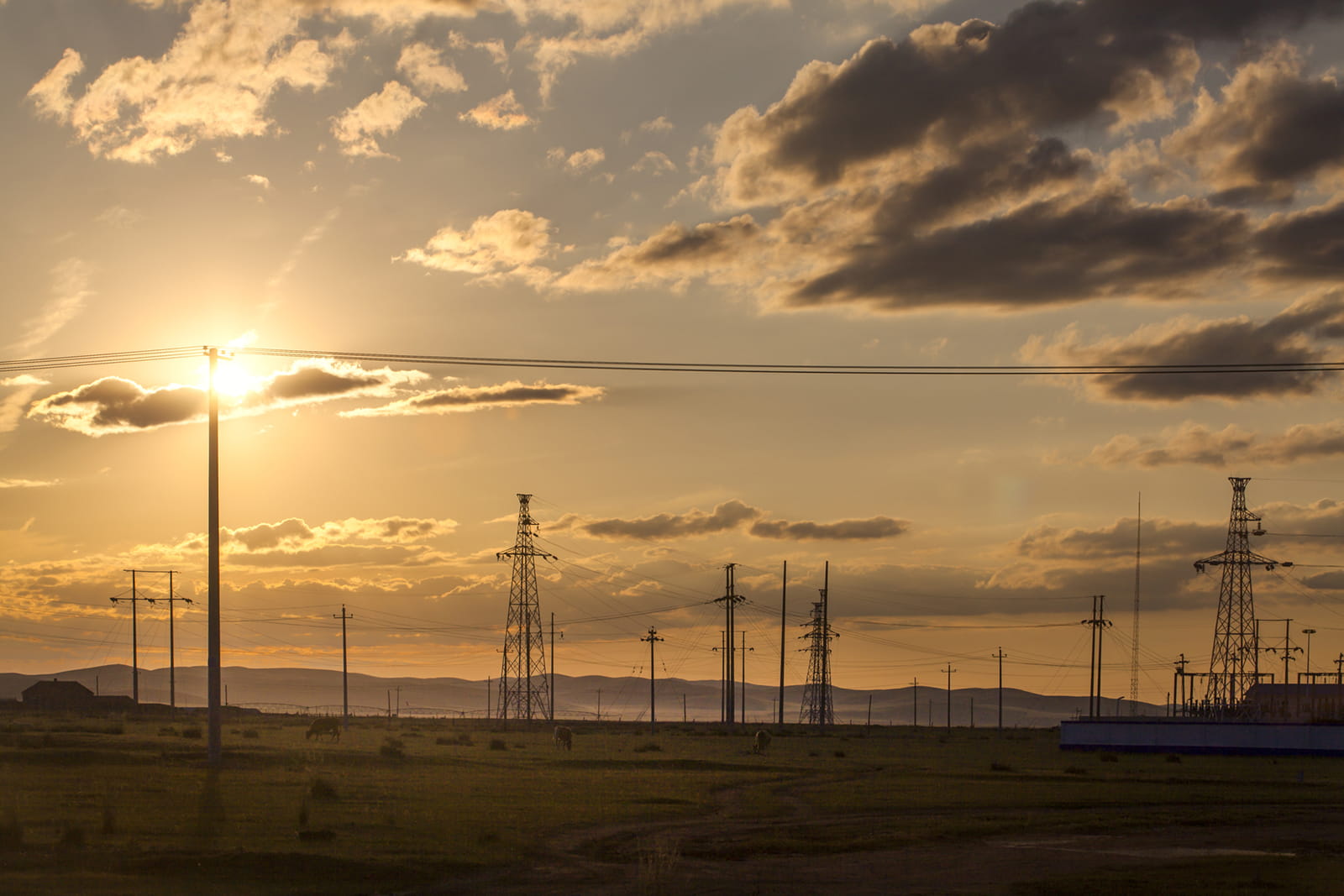AEMO has today published a Project Specification Consultation Report (PSCR) as part of a joint Regulatory Investment Test for Transmission (RIT-T) with TransGrid, to assess the technical and economic viability of a targeted expansion of interconnector capacity between New South Wales (NSW) and Victoria.
The proposed Victoria to NSW Interconnector West (VNI West) expansion seeks to address identified transmission network limitations to ensure the power system continues to deliver least-cost, secure and reliable energy to consumers. The new interconnector will enable Victorian and NSW consumers to access lower cost generators across State borders, enable the connection of new generators that will replace those power stations scheduled to retire, and improve the reliability of supply. Consultation on this PSCR will occur concurrently with the Draft 2020 Integrated System Plan (ISP), which re-affirms the need for this project.
As the responsible transmission network planners for their respective regions (AEMO in Victoria and TransGrid in NSW), under the National Electricity Rules (NER) AEMO and TransGrid are required to complete a RIT-T for significant transmission investment proposed for the National Electricity Market (NEM).
The RIT-T is a regulated economic cost-benefit test designed to identify the option that will deliver the highest net economic benefits to all those who produce, consume and transport electricity in the market. This approach is ultimately intended to protect consumers from paying more than necessary for their electricity in the long term.
AEMO’s Chief System Design & Engineering Officer Dr Alex Wonhas said the energy transition requires well targeted improvements to the power system.
“We’re already seeing considerable network congestion in parts of the NSW and Victorian transmission network where significant amounts of large-scale renewable generation is being built. Areas with high-quality wind and solar resources are starting to be severely constrained by the lack of adequate local transmission capacity. This means we can’t always get lower cost energy to consumers, where and when it counts. As part of this RIT-T process, we are not only looking at network solutions but we would also like to hear from the market if there are any non-network solutions that could help to ease these constraints,” said Dr Wonhas.
Australia’s fleet of coal and gas-fired generators is approaching their technical retirement age, with the majority of plants expected to close in the coming decades. The power system is increasingly reliant on interconnection between states and regions to ensure adequate energy supply to meet consumer demand, especially during peak energy usage periods.
“A key driver of this proposal is the announced gradual closure of coal-fired generation in Victoria’s Latrobe Valley from 2029 onwards, or even earlier if technical or economic issues arise. Without developing alternative sources of supply now, supply shortfalls are expected. Careful and timely investment in interconnection between Victoria and NSW is one of the most cost-effective ways to provide supply and to unlock new and existing generation, which includes Snowy Hydro’s current and future generation capacity,”said Dr Wonhas.
Through this RIT-T, which will be informed by extensive market modelling and stakeholder consultation, AEMO and TransGrid will identify a preferred option to address identified network limitations and realise maximal net market benefits.
“We are focused on making Victoria and NSW’s power system future-ready to achieve a lowest cost portfolio of resources and network development to meet energy consumer needs today and 20 years from today,” said Dr Wonhas.
AEMO and TransGrid are now seeking submissions on several transmission investment options currently under consideration. These include an augmentation to the existing Victoria to NSW interconnector corridor; augmentation on new corridors via Bendigo or Shepparton terminal stations; augmentation on new corridors via Kerang terminal station; and, potential expansions from Kerang to Red Cliffs, or Shepparton to Glenrowan terminal stations to accommodate renewable energy zones identified in the ISP. The actual transmission line routes will be determined during the detailed design and route assessment phase, after conclusion of the RIT-T process and in consultation with communities.
The VNI West RIT-T PSCR is available online. Written submissions are now open on this PSCR in relation to the identified need and the credible options presented within the report. As part of this consultation, AEMO and TransGrid would also like to learn about potential non-network alternatives to increase transfer capacity between NSW and Victoria and lift the network constraints increasingly limiting renewable generation. All submissions will be considered in preparing the second report in the RIT-T process, the Project Assessment Draft Report (PADR), which will be published in 2020. AEMO will also automatically consider relevant submissions across the Draft 2020 ISP consultation, which is occurring concurrently with this PSCR consultation.
AEMO welcomes written submissions on the VNI West RIT-T PSCR by Friday, 13 March 2020. Submissions should be emailed to VNIWestRITT@aemo.com.au
For information on the VNI West RIT-T, please visit the dedicated webpages or contact us on 1800 845 044 or VNIWestRITT@aemo.com.au







